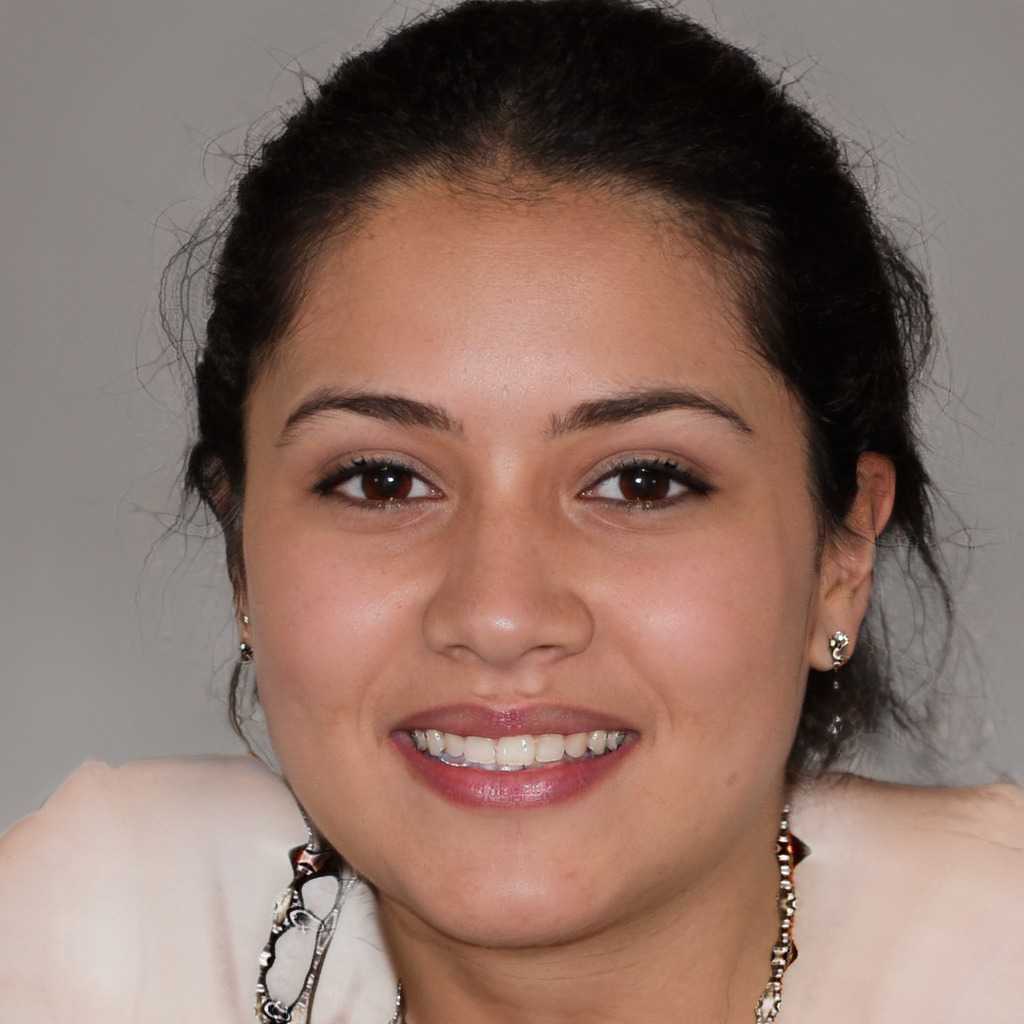When it comes to betting and making informed decisions, understanding implied probability is crucial. It’s not just about picking winners; it’s about deciphering what the odds tell us about potential outcomes.
I’ve found that grasping this concept can significantly enhance my betting strategy and overall success. In this article, I’ll break down what implied probability means and how to calculate it from various odds formats.
By the end, you’ll have a clearer picture of how to interpret odds and make smarter decisions. Whether you’re a seasoned bettor or just starting out, understanding these principles can elevate your game and give you an edge. Let’s dive in and unlock the secrets behind the numbers.
Understanding Implied Probability
Implied probability translates betting odds into the likelihood of an event occurring. This concept helps me make informed betting decisions.
Definition of Implied Probability
Implied probability represents the chance of an outcome based on the odds offered by bookmakers. I can calculate implied probability using different odds formats:
- Decimal odds: Implied Probability = 1 / Decimal Odds × 100
- Fractional odds: Implied Probability = Denominator / (Numerator + Denominator) × 100
- American odds: For positive odds: Implied Probability = 100 / (American Odds + 100) × 100; for negative odds: Implied Probability = -1 × American Odds / (-1 × American Odds + 100) × 100
These calculations convert different types of odds into a percentage, providing a clear understanding of event likelihood.
Importance in Betting
Understanding implied probability influences my betting strategies significantly. It helps me assess whether odds offered represent good value. I compare the implied probability against my personal assessment of an outcome’s true probability.
If I see value in the odds where my evaluated probability exceeds the bookmaker’s implied probability I can place a bet with a better potential return. This approach fosters a more analytical perspective on betting, enhances decision-making, and ultimately increases the chances of long-term success.
The Mathematical Foundation
Understanding the mathematical principles behind implied probability is crucial for successful betting. It equips me with the ability to interpret the odds accurately and make better-informed decisions.
Calculating Implied Probability
Calculating implied probability transforms betting odds into a percentage that indicates the likelihood of an event occurring. I utilize different formulas depending on the odds format:
- Decimal Odds: Use the formula ( text{Implied Probability} = frac{1}{text{Decimal Odds}} times 100 ). For example, if the decimal odds are 2.00, the calculation is ( frac{1}{2.00} times 100 = 50% ).
- Fractional Odds: Use the formula ( text{Implied Probability} = frac{text{Denominator}}{text{Numerator} + text{Denominator}} times 100 ). For instance, fractional odds of 5/1 give ( frac{1}{5 + 1} times 100 = 16.67% ).
- American Odds: For positive odds, the formula is ( text{Implied Probability} = frac{100}{text{Positive Odds} + 100} times 100 ). For example, for +200 odds, it computes as ( frac{100}{200 + 100} times 100 = 33.33% ). For negative odds, the formula is ( text{Implied Probability} = frac{text{Absolute Value of Negative Odds}}{text{Absolute Value of Negative Odds} + 100} times 100 ). For -150 odds, it calculates as ( frac{150}{150 + 100} times 100 = 60% ).
Common Mistakes to Avoid
Avoiding common pitfalls in calculating implied probability is essential for accurate assessments. Key mistakes include:
- Neglecting Odds Formats: Failing to recognize the odds format can lead to incorrect calculations. Each format has distinct methods.
- Ignoring Juice: Not considering the bookmaker’s margin, often referred to as “juice,” skews the implied probability. Always factor in the house edge when evaluating bets.
- Misreading Odds: Misinterpreting odds can affect my evaluations. Ensuring clarity in odd interpretation prevents errors in calculating potential returns.
- Forgetting Context: Ignoring external factors, such as team form or injury status, diminishes the accuracy of the implied probability. Analyze situations comprehensively to gauge true probabilities.
Real-World Applications
Understanding implied probability applies directly to both sports betting and financial markets. This knowledge enhances decision-making and strategic planning across various fields.
Sports Betting Examples
Implied probability plays a critical role in sports betting. Bettors analyze odds to determine the likelihood of a specific outcome. For instance, if a team has odds of 2.00 in decimal format, the implied probability calculates to 50%.
This means bettors assess the team’s true chances of winning and compare them to the offered odds. Bettors can identify value by comparing their estimated probabilities against bookmakers’ implied probabilities.
If I estimate a team’s chances at 60% but the odds suggest a 50% probability, I recognize that betting on that team likely provides good value. This approach helps filter out poor betting choices and increases profit potential over time.
Financial Markets Insight
Implied probability also extends into financial markets, especially when evaluating investment opportunities. For example, options prices reflect implied volatility, which indicates market expectations of future price movements.
If a stock option has a high implied probability of moving in a particular direction, traders can gauge market sentiment. I use this understanding to make informed trades. If the implied probability of a stock’s upward movement is greater than my analysis suggests, I might reconsider entering that position.
By effectively using implied probability in finance, I improve my investment strategies and risk management practices. This concept aids in refining analytical skills in both sports betting and financial markets, enhancing overall chances for success.
Key Factors Influencing Odds
Understanding the key factors that influence odds fosters better decision-making in betting. Market sentiment and statistical analysis play crucial roles in shaping the odds that sportsbooks provide.
Market Sentiment
Market sentiment directly impacts betting odds. I’ve observed that changes in public perception can shift odds rapidly. Factors influencing market sentiment include media coverage, team injuries, and player performance.
For example, a star player’s injury can lead to a significant drop in a team’s odds due to reduced public confidence. Conversely, winning streaks or favorable media narratives can enhance odds. It’s essential to monitor trends and gauge public opinion, as this information helps in understanding the dynamics of market movement.
Statistical Analysis
Statistical analysis is fundamental in determining odds. I rely on various metrics, such as historical performance, head-to-head statistics, and advanced analytics. Bettors can analyze team statistics, player stats, and situational factors, such as weather conditions and home-field advantage.
By employing techniques like regression analysis and probability distributions, I can evaluate an event’s likelihood. The more precise the statistical data, the more accurately I can interpret the associated odds. This rigorous analysis enables me to make informed decisions, often uncovering value bets that the market may overlook.

 Rose Melvinosic infused Wager Legend Zone with creativity, community, and brand identity. With a background in marketing and storytelling, she crafted the platform’s voice and outreach strategy, connecting the betting community through compelling narratives and legendary wager features. Her focus on user engagement and visual branding helped shape the site into a recognizable and relatable destination for bettors seeking more than just numbers—a space where passion and precision meet.
Rose Melvinosic infused Wager Legend Zone with creativity, community, and brand identity. With a background in marketing and storytelling, she crafted the platform’s voice and outreach strategy, connecting the betting community through compelling narratives and legendary wager features. Her focus on user engagement and visual branding helped shape the site into a recognizable and relatable destination for bettors seeking more than just numbers—a space where passion and precision meet.